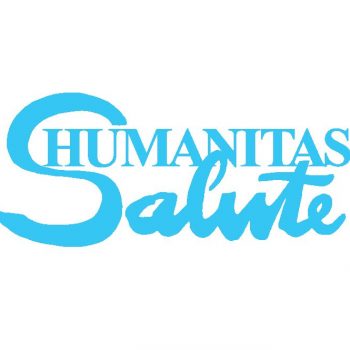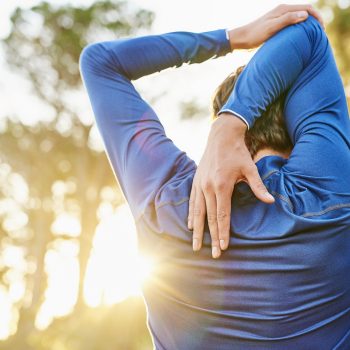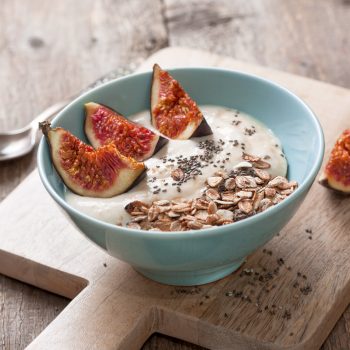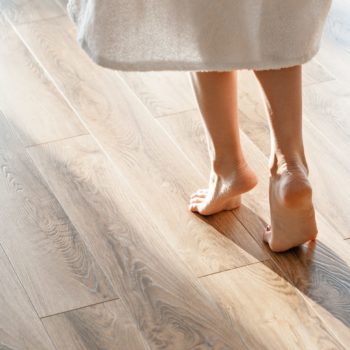It is called eco-driven irrigation and it is a procedure of interventional radiology used in the presence of calcific tendinopathy of the rotator cuff, a disease that causes a debilitating pain in the shoulder.
With the contribution of Dr. Ezio Lanza, interventional radiologist in Humanitas, we can better understand the characteristics of this disease and what the benefits of the intervention involve.
“The calcific tendon of the rotator cuff is characterized by the formation of calcifications on the tendons of the muscles that are inserted on the head of the humerus and are part of the shoulder joint. Their presence leads to intense shoulder pain, which tends to increase at night and can last for several months. In some cases, calcification is spontaneously broken and reabsorbed, but in other cases the disorder can become chronic with important repercussions on daily life,” explained Dr. Lanza.
Who is at risk?
The causes of calcific tendon disease of the rotator cuff are not yet fully clarified, there are several theories but none of these is accepted as unique or definitive.
The disorder particularly affects women between 40 and 50 years of age.
The diagnosis
“In general, the diagnosis is made after a visit to the first aid or emergency department: the extent of the pain and its continuation, in fact, lead the patient to ask for help.
An X-ray will highlight soft tissue calcification and the patient is suggested to undergo ultrasound in order to define the most appropriate treatment.
Intervention in interventional radiology
Thanks to interventional radiology, calcification can be effectively treated by eco-driven irrigation.
“The intervention is performed in outpatient mode and involves positioning two needles, with millimeter precision, within the calcification. The procedure is eco-driven, so the specialist observes the needle progress on the ultrasound screen. This results in an irrigation circuit: the physiological solution (water) is injected from the first needle, which penetrates into the calcification and dissolves it. The debris is then ejected from the tendon through the second needle.
Irrigation acts by cleaning the tendon and promotes slight bleeding; blood growth factors promote and help tendon repair that takes about a month. As shown by our study (Lanza et al. Eur Radiol 2015 https://www.ncbi.nlm.nih.gov/pubmed/25583182) 80% of patients treated with this technique show an improvement. The procedure is precise and painless, is performed under local anesthesia using the ultrasound guide and lasts about half an hour. However, it is essential that an experienced interventional radiologist conduct the procedure.
After the eco-driven treatment, any residual annoyance can be treated with shock waves, which should not be performed before irrigation because they could affect the result.
Irrigation often avoids arthroscopy, a surgical procedure reserved for particularly severe cases that also requires a longer rehabilitation time.
After eco-driven irrigation, the patient can go home independently and it is also possible to drive,” concluded Dr. Lanza.










